
Utrecht: A Historic Gem in the Heart of Netherlands
Discover Utrecht: A captivating blend of history, culture, and modernity in the heart of the Netherlands, perfect for an unforgettable tourist experience.
Utrecht, located in the heart of the Netherlands, is a city that beautifully blends history with modernity. Its picturesque canals, historic buildings, and vibrant culture make it an ideal destination for tourists. The Dom Tower, standing tall as the city's iconic landmark, offers breathtaking views of the cityscape. Strolling through Utrecht's charming streets, you'll find an array of shops, cafes, and restaurants that cater to diverse tastes and preferences. The city is home to several museums, including the Centraal Museum, which houses an impressive collection of art and historical artifacts. The Rietveld Schröder House, a UNESCO World Heritage site, is a must-visit for architecture enthusiasts. Utrecht's rich history is further reflected in its well-preserved medieval city center, where you can explore narrow alleys, hidden courtyards, and centuries-old churches. Utrecht is also known for its lively cultural scene, with numerous festivals, concerts, and events taking place throughout the year. The city's beautiful parks and gardens provide a serene escape from the hustle and bustle, offering an ideal setting for relaxation and recreation. With its excellent public transport system, Utrecht is easily accessible from other major Dutch cities, making it a convenient and attractive destination for travelers.
Local tips in Utrecht
- Visit the Dom Tower early in the morning to avoid crowds and enjoy a peaceful view.
- Explore the canals by renting a kayak or taking a boat tour for a unique perspective of the city.
- Don't miss the Utrecht Botanic Gardens, especially during spring when the flowers are in full bloom.
- Try local delicacies like 'Stroopwafels' and 'Bitterballen' at the weekly markets.
- Purchase a Museumkaart if you plan to visit multiple museums, as it offers free or discounted entry.
- Use a bicycle to get around the city like a local. Utrecht is very bike-friendly.
- Check the event calendar before your visit to catch local festivals and cultural events.
Utrecht: A Historic Gem in the Heart of Netherlands
Utrecht, located in the heart of the Netherlands, is a city that beautifully blends history with modernity. Its picturesque canals, historic buildings, and vibrant culture make it an ideal destination for tourists. The Dom Tower, standing tall as the city's iconic landmark, offers breathtaking views of the cityscape. Strolling through Utrecht's charming streets, you'll find an array of shops, cafes, and restaurants that cater to diverse tastes and preferences. The city is home to several museums, including the Centraal Museum, which houses an impressive collection of art and historical artifacts. The Rietveld Schröder House, a UNESCO World Heritage site, is a must-visit for architecture enthusiasts. Utrecht's rich history is further reflected in its well-preserved medieval city center, where you can explore narrow alleys, hidden courtyards, and centuries-old churches. Utrecht is also known for its lively cultural scene, with numerous festivals, concerts, and events taking place throughout the year. The city's beautiful parks and gardens provide a serene escape from the hustle and bustle, offering an ideal setting for relaxation and recreation. With its excellent public transport system, Utrecht is easily accessible from other major Dutch cities, making it a convenient and attractive destination for travelers.
When is the best time to go to Utrecht?
Iconic landmarks you can’t miss
Castle De Haar
Explore the majestic Castle De Haar, a stunning historical landmark in Utrecht, featuring exquisite gardens and rich cultural heritage.
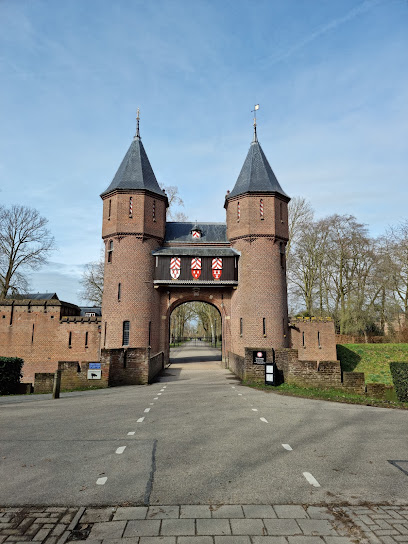
The Railway Museum
Discover the captivating history of trains at The Railway Museum in Utrecht, where interactive exhibits and rich heritage await every visitor.
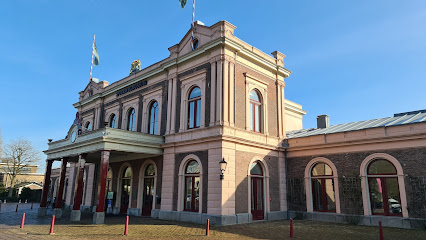
Dom Tower
Discover the breathtaking views and rich history of the Dom Tower, Utrecht's iconic cultural landmark, and the tallest church tower in the Netherlands.
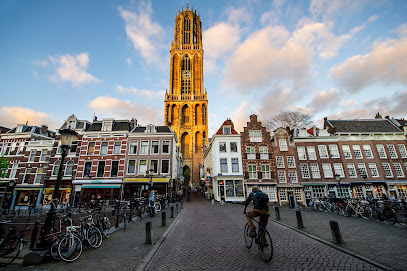
Nijntje Museum
Explore the whimsical world of Miffy at the Nijntje Museum in Utrecht, a delightful children's museum filled with interactive fun and creativity.
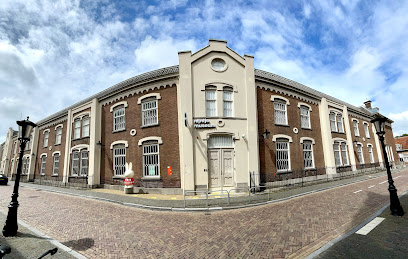
Utrecht Botanic Gardens
Explore the enchanting Utrecht Botanic Gardens, a botanical oasis featuring diverse plants, serene landscapes, and educational experiences in the heart of Utrecht.
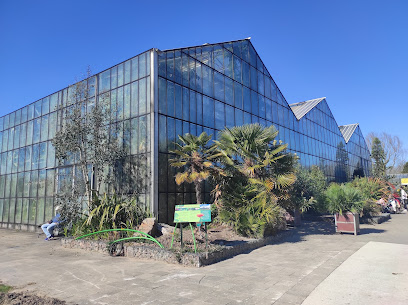
Museum Speelklok
Discover the magic of self-playing instruments at Museum Speelklok, Utrecht's enchanting museum that harmonizes music, history, and fun for all ages.
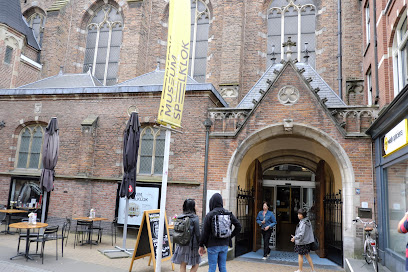
St Martin's Cathedral
Explore the stunning Gothic architecture and rich history of St. Martin's Cathedral, Utrecht's iconic landmark and a must-visit tourist attraction.
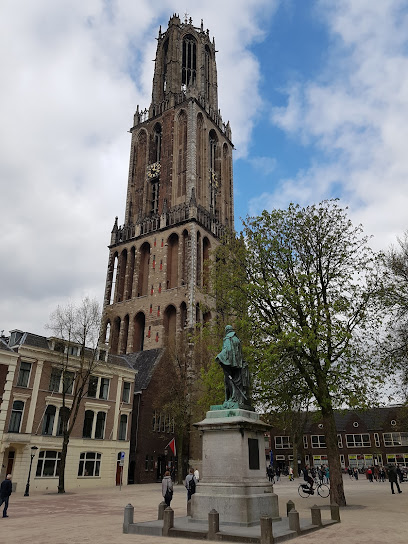
Centraal Museum
Experience Utrecht's rich artistic heritage at Centraal Museum, showcasing a captivating collection of art and exhibitions in a historic setting.
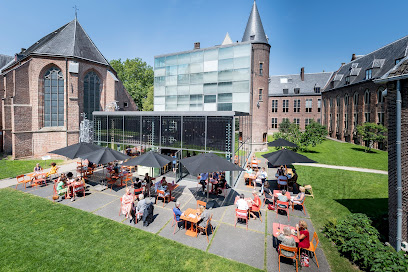
Museum Catharijneconvent
Discover the profound influences of religion on Dutch history at Museum Catharijneconvent, a cultural gem in Utrecht offering captivating exhibits and serene architecture.
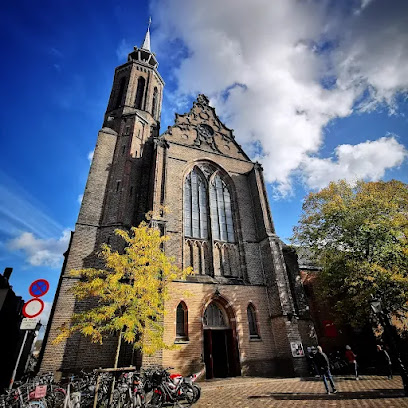
Zocherpark
Discover the beauty of Zocherpark in Utrecht, a serene park filled with vibrant gardens, peaceful ponds, and perfect picnic spots for a relaxing escape.
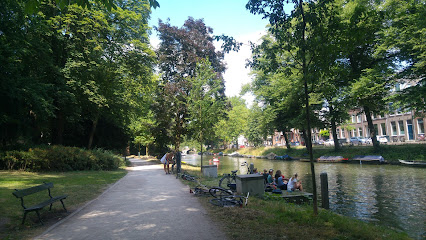
Park Lepelenburg
Explore Park Lepelenburg: Utrecht's beautiful park offering tranquility, nature, and cultural events in the heart of the city.
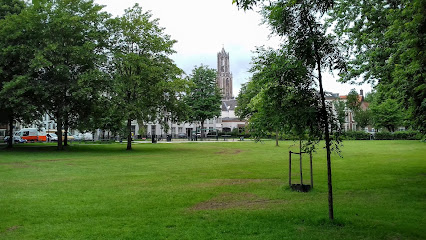
't Oude Pothuys
't Oude Pothuys: A lively bar and live music venue in Utrecht, offering an unforgettable atmosphere and a taste of local culture.
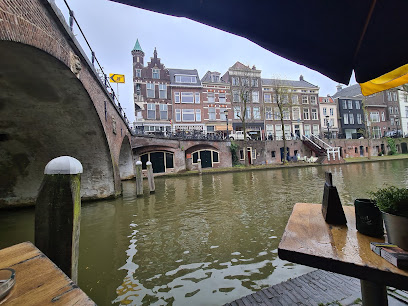
Stadskasteel Oudaen
Discover Stadskasteel Oudaen, a unique castle-restaurant in Utrecht offering delicious local cuisine and craft brews in a historic setting.
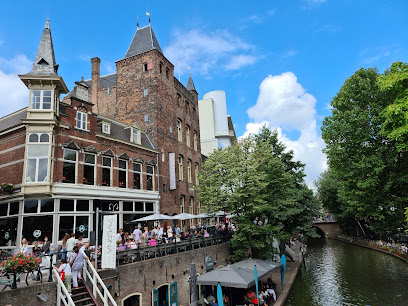
Rietveld Schröder House
Explore the Rietveld Schröder House, a UNESCO World Heritage site showcasing innovative design and the De Stijl movement in the heart of Utrecht.
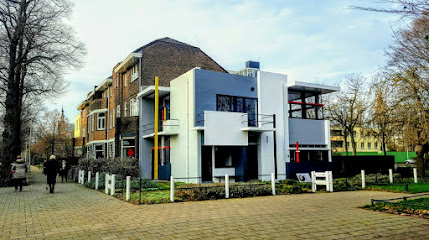
Wilhelminapark
Experience the beauty and tranquility of Wilhelminapark, a serene green oasis in the heart of Utrecht, perfect for relaxation and recreation.
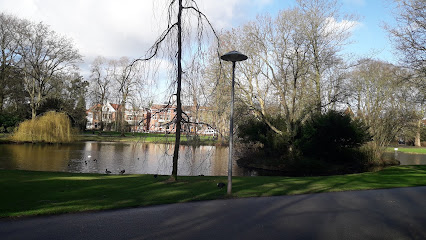
Unmissable attractions to see
Efteling
Discover the enchantment of Efteling, where fairy tales come alive in a magical theme park adventure in Kaatsheuvel, Netherlands.

Rijksmuseum
Explore the Rijksmuseum in Amsterdam, a premier destination for art enthusiasts showcasing masterpieces from the Dutch Golden Age and beyond.
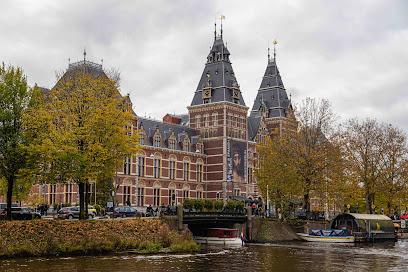
Van Gogh Museum
Explore the world's largest collection of Vincent van Gogh's artworks at the Van Gogh Museum in Amsterdam, a must-visit for art lovers and tourists.
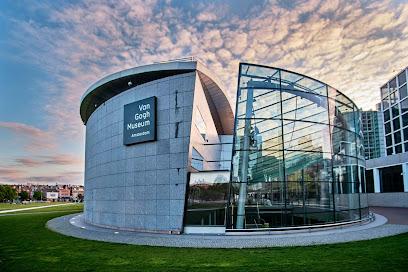
Anne Frank House
Explore the Anne Frank House in Amsterdam, a powerful museum dedicated to the life of Anne Frank and the lessons of resilience and hope during the Holocaust.
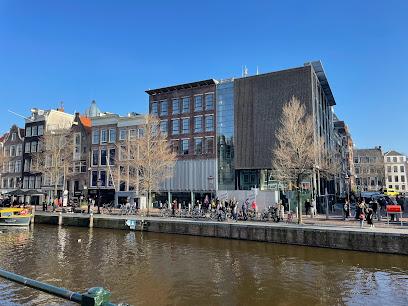
Keukenhof
Explore Keukenhof, the iconic Dutch garden bursting with millions of tulips and vibrant blooms, creating a picturesque paradise in Lisse, Netherlands.
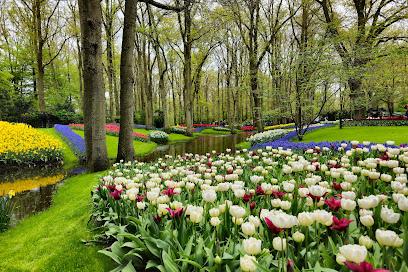
Vondelpark
Discover Vondelpark, Amsterdam's iconic park, where nature, culture, and leisure combine for an unforgettable experience in the heart of the city.

Dam Square
Explore the vibrant atmosphere and rich history of Dam Square, Amsterdam's iconic heart and cultural epicenter, surrounded by stunning landmarks and lively attractions.
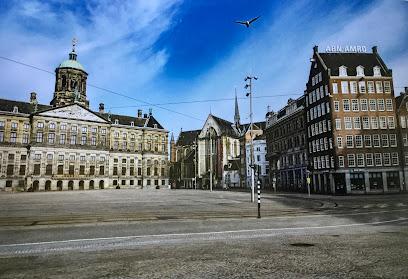
Rotterdam Zoo
Explore Rotterdam Zoo, a captivating destination featuring diverse wildlife, lush landscapes, and a commitment to conservation in the heart of the Netherlands.
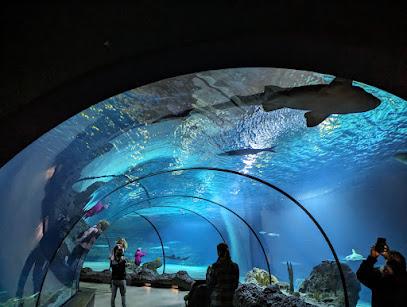
Johan Cruyff Arena
Explore the Johan Cruyff Arena, the iconic stadium in Amsterdam, home to thrilling football matches and unforgettable concerts.
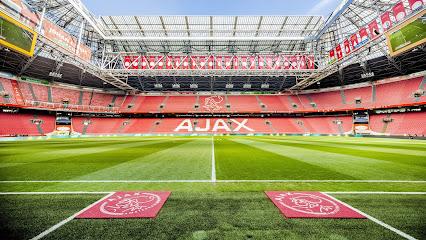
ARTIS
Explore ARTIS in Amsterdam, a blend of zoo, aquarium, and museum set in a serene park—perfect for a family day out or a leisurely stroll.
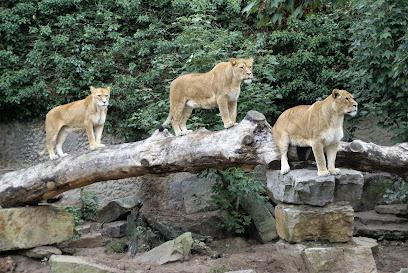
NEMO Science Museum
Discover the interactive world of science at NEMO Science Museum, where curiosity meets adventure in the heart of Amsterdam.
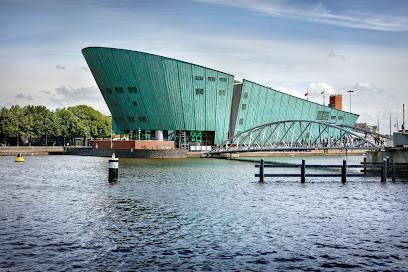
Madame Tussauds Amsterdam
Discover the allure of celebrity culture at Madame Tussauds Amsterdam, where lifelike wax figures of stars and icons await your visit in the heart of the city.
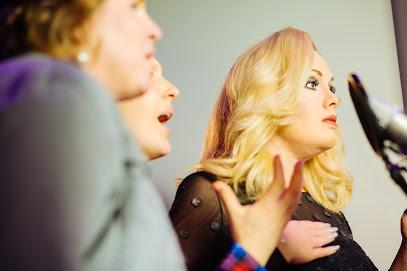
A'DAM Lookout
Experience breathtaking views of Amsterdam at A'DAM Lookout, featuring thrilling attractions, dining, and live entertainment for an unforgettable visit.
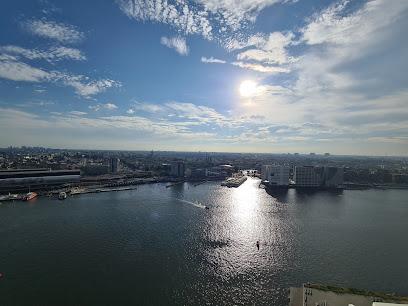
Royal Palace Amsterdam
Explore the Royal Palace Amsterdam, a stunning blend of history, art, and royal heritage in the heart of the city.
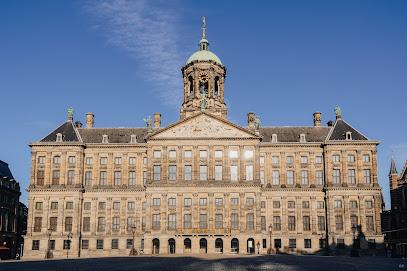
Moco Museum
Explore the cutting-edge world of modern art at the Moco Museum in Amsterdam, featuring iconic works from Banksy, Warhol, and more.
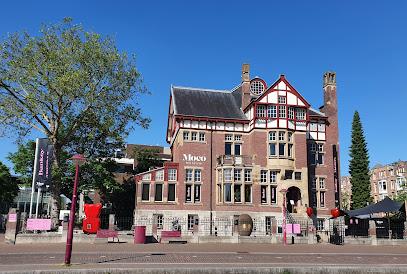
Essential places to dine
Beers & Barrels Utrecht
Discover the best of Dutch cuisine and craft beers at Beers & Barrels Utrecht - where every meal is a celebration.
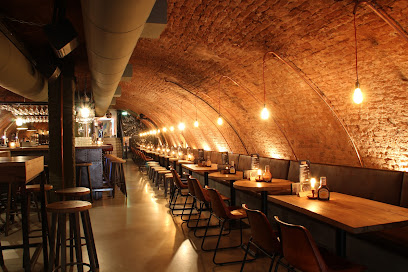
Broadway American Steakhouse
Experience authentic American cuisine at Broadway American Steakhouse - where delicious steaks meet warm hospitality in the heart of Utrecht.
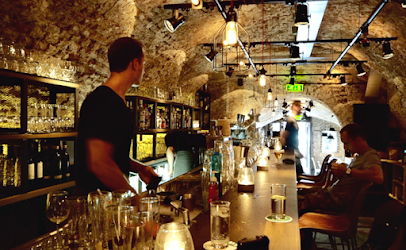
PK bar & kitchen Utrecht
Discover the perfect blend of traditional brasserie cuisine and modern culinary delights at PK Bar & Kitchen Utrecht, set along the beautiful Oudegracht.
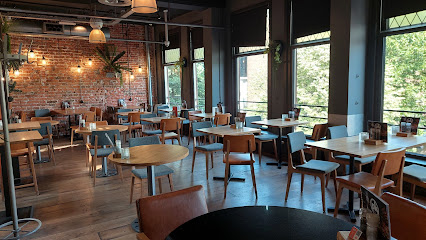
Loetje Utrecht
Discover delicious Dutch cuisine at Loetje Utrecht - famous for its succulent steaks and warm hospitality in the heart of the city.
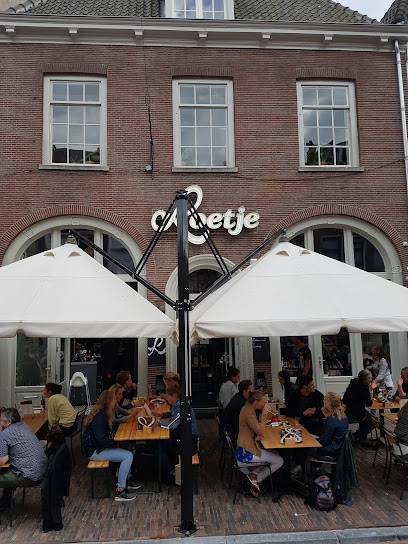
Restaurant Kartoffel
Experience authentic German flavors at Restaurant Kartoffel in Utrecht's scenic canal district, where tradition meets creativity in every dish.
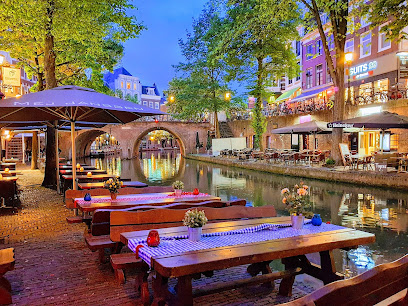
STAN Utrecht
Experience vibrant dining at STAN Utrecht: a delightful blend of local flavors and international dishes in a cozy atmosphere.
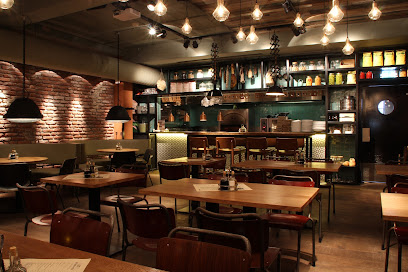
Restaurant De Markt
Discover authentic Italian flavors at Restaurant De Markt in Utrecht - a culinary delight for every traveler seeking exquisite dining experiences.
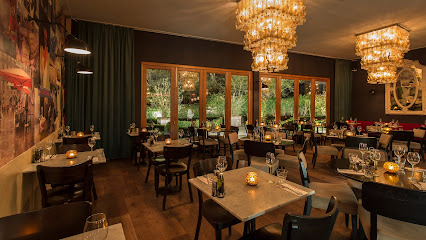
LE:EN
Discover the vibrant fusion of flavors at LE:EN in Utrecht - where tradition meets innovation in Asian cuisine.
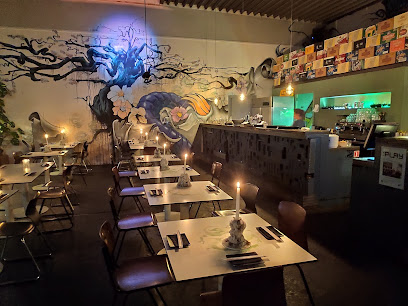
Sarban - Utrecht
Experience authentic Afghan cuisine at Sarban in Utrecht - where rich flavors meet warm hospitality along the beautiful Oudegracht.
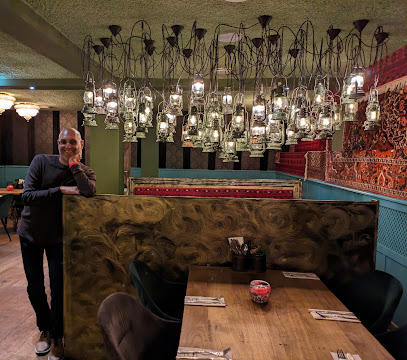
Humphrey's Restaurant Utrecht
Savor exquisite dishes in an elegant setting at Humphrey's Restaurant Utrecht - where culinary tradition meets modern flair.
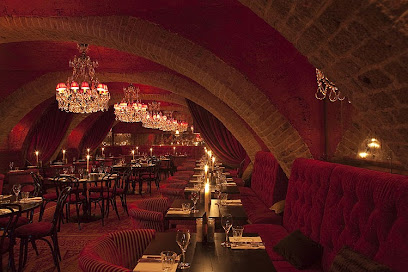
Restaurant Zuiver Utrecht
Experience authentic French cuisine at Restaurant Zuiver Utrecht, where elegance meets flavor in a charming setting perfect for every occasion.

Restaurant Seven
Experience the fusion of local and international cuisine at Restaurant Seven in Utrecht – where culinary artistry meets inviting ambiance.
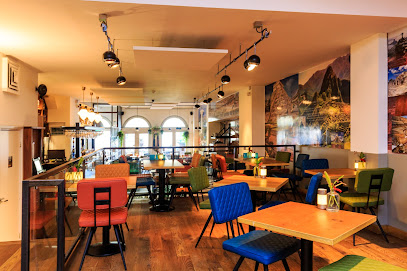
Graaf Floris Café Restaurant
Discover culinary delights at Graaf Floris Café Restaurant in Utrecht—where local flavors meet warm hospitality amidst scenic canals.
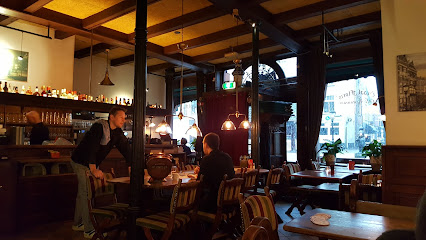
Meat & More
Discover Meat & More: A culinary gem in Utrecht specializing in exquisite meat dishes made from locally sourced ingredients.
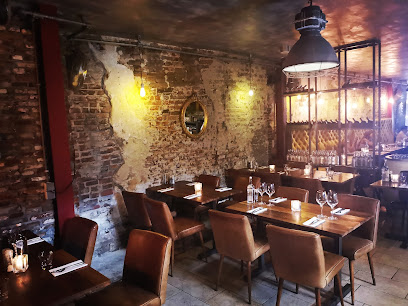
Stadskasteel Oudaen
Discover Stadskasteel Oudaen: A historic castle restaurant in Utrecht serving exquisite cuisine and craft beers amidst stunning canal views.
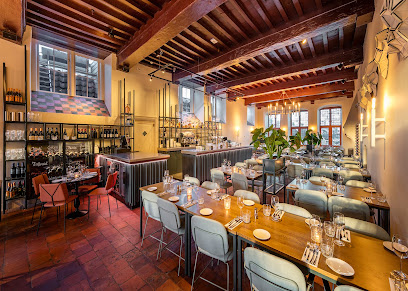
Markets, malls and hidden boutiques
Hoog Catharijne
Experience the vibrant shopping and dining scene at Hoog Catharijne, Utrecht's premier shopping mall, offering something for everyone.
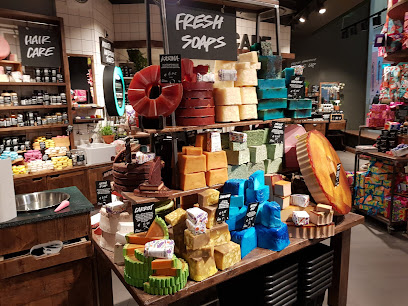
de Bijenkorf Utrecht
Explore de Bijenkorf Utrecht for a unique shopping experience with top brands, local products, and a stylish atmosphere in the heart of the city.
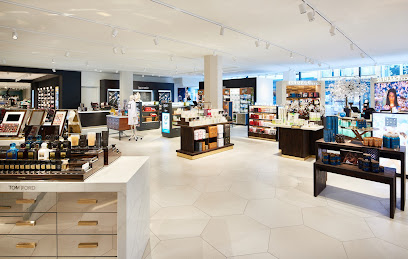
Spellenwinkel Subcultures
Explore the wonders of gaming at Spellenwinkel Subcultures, Utrecht's premier toy store and event venue for tabletop enthusiasts.
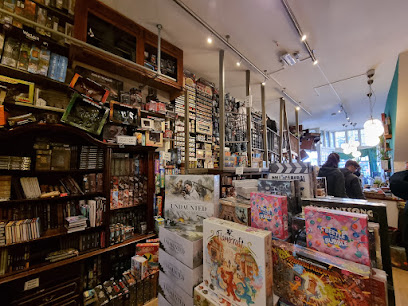
Urban Outfitters
Explore Urban Outfitters in Utrecht for a diverse range of stylish clothing, quirky accessories, and an extensive vinyl record collection.
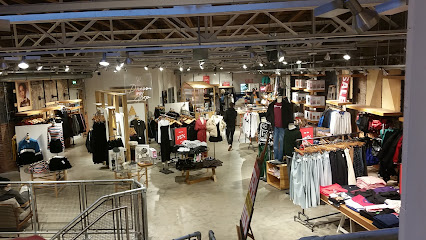
Flying Tiger Copenhagen
Explore the whimsical world of Flying Tiger Copenhagen in Utrecht, where unique gifts and creative home goods await every visitor.
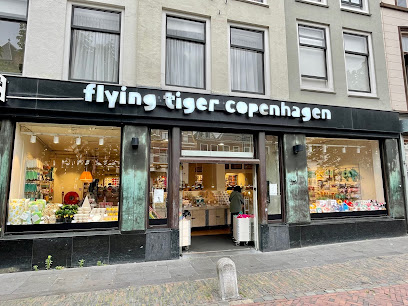
De Rode Winkel Jeans Utrecht
Explore De Rode Winkel in Utrecht for top-notch denim, stylish clothing, and a cozy coffee experience in a trendy boutique setting.

It`s a present!
Explore Utrecht's charming gift shop, 'It's a Present!', for unique home goods, quirky gifts, and stunning maps that capture the essence of your visit.
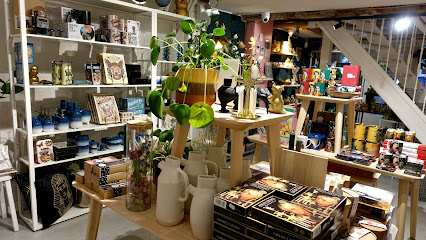
BLACKFISH Brand New & Vintage
Explore a unique blend of vintage and contemporary fashion at BLACKFISH in Utrecht, where style meets individuality.
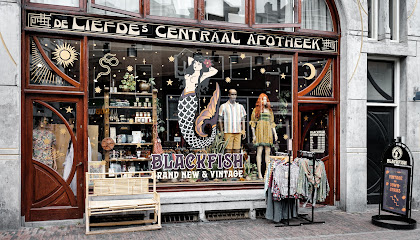
KECK & LISA
Explore KECK & LISA, an enchanting gift shop in Utrecht offering unique souvenirs and local artisan treasures for every traveler.

Dream of Utrecht
Experience the tranquility of Dream of Utrecht, a charming tea store in the heart of the city, offering an exquisite selection of teas and a cozy atmosphere.
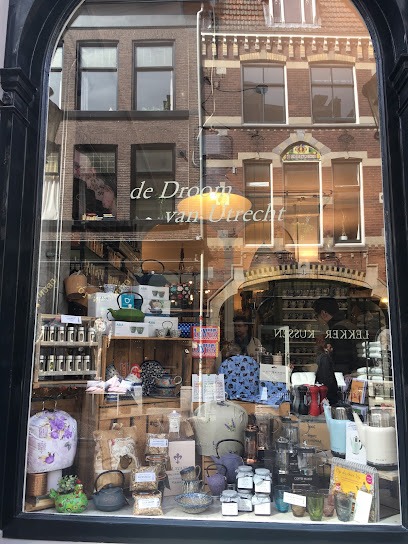
My Jewellery | Sieraden- en Kleding | Utrecht
Explore My Jewellery in Utrecht for exquisite fashion, unique gifts, and a delightful shopping experience in the heart of the city.
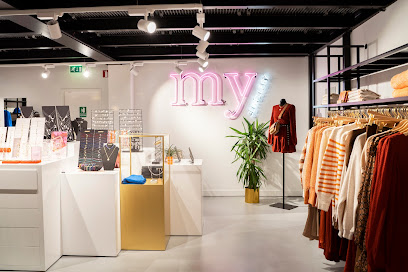
Utrecht Souvenirs
Explore the charm of Utrecht through unique souvenirs, pottery, and artisan crafts at Utrecht Souvenirs, your destination for Dutch treasures.

WAAR Utrecht
Explore WAAR Utrecht, your go-to gift shop for fair-trade treasures and unique souvenirs in the heart of Utrecht.
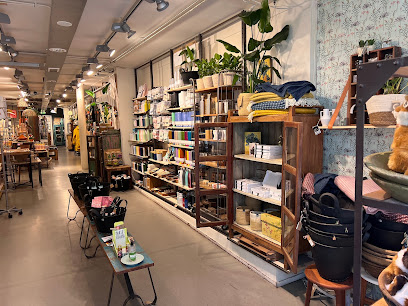
Nuts Vintage Shop
Explore the charm of vintage fashion at Nuts Vintage Shop in Utrecht, where every piece has a story waiting to be discovered.

Groeten uit Utrecht
Explore Groeten uit Utrecht, your go-to souvenir store for unique Dutch gifts and home goods in the heart of Utrecht, celebrating local craftsmanship.
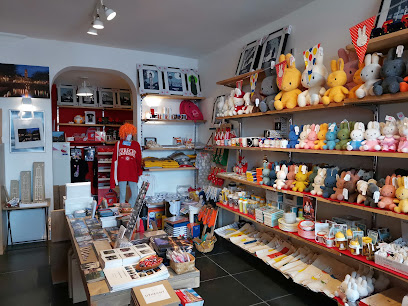
Essential bars & hidden hideouts
Belgisch Biercafé Olivier Utrecht
Discover the best of Belgium at Belgisch Biercafé Olivier, where an extensive beer selection and authentic cuisine await in the heart of Utrecht.
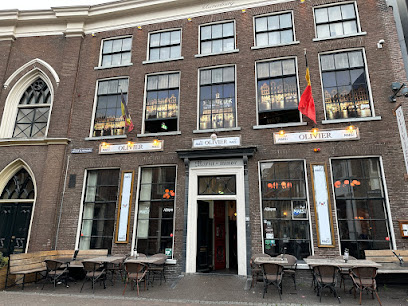
Kafé België
Discover the charm of Kafé België, a delightful pub in Utrecht offering an exquisite selection of Belgian beers and delicious cuisine in a cozy atmosphere.

Lebowski
Discover the vibrant cocktail scene at Lebowski, a unique bar in Utrecht blending charm and creativity for an unforgettable night.
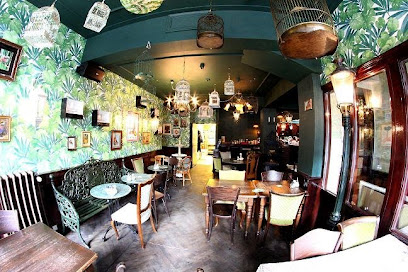
Hofman Utrecht
Discover the vibrant atmosphere of Hofman Utrecht, a lively bar and restaurant offering delicious food, refreshing drinks, and exciting live music in the heart of Utrecht.
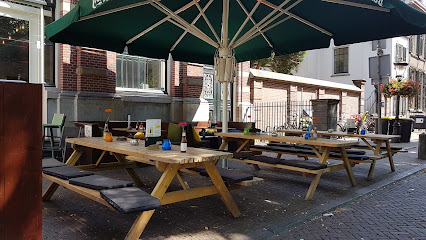
Rum CLUB
Discover the unique culinary experience at Rum CLUB in Utrecht, where exceptional rum and delectable dishes come together in a vibrant setting.
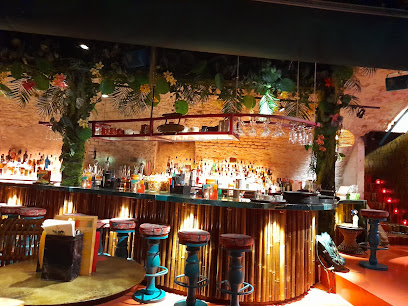
Café DeRat
Discover the local flavor at Café DeRat, a charming bar in Utrecht that offers a warm atmosphere and an extensive drink selection.
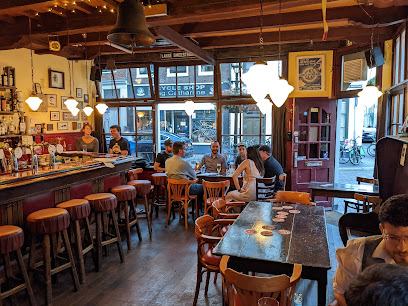
The Malt Vault
Discover Utrecht's cocktail haven at The Malt Vault, where masterful mixology meets charming ambiance in the heart of the city.
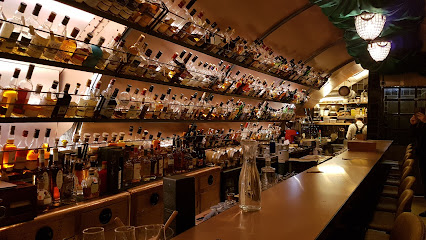
Café Kalff
Discover the charm of Café Kalff in Utrecht, a cozy pub and café along the scenic Oudegracht, perfect for a refreshing drink or light meal.
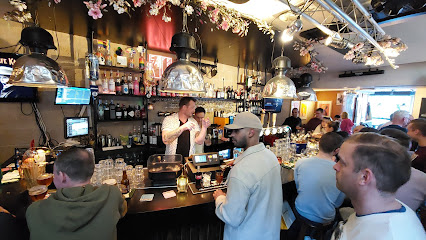
Behind Bars Cocktail
Experience Utrecht's nightlife at Behind Bars Cocktail Bar, offering creative cocktails and an extensive selection of Japanese whiskeys in a vibrant atmosphere.
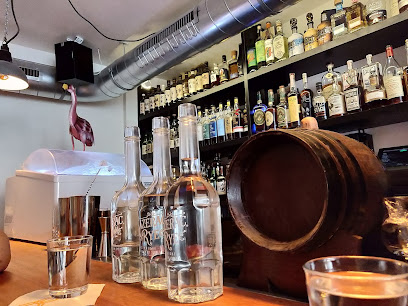
Body Talk
Experience the vibrant nightlife of Utrecht at Body Talk, a lively gay bar known for its inclusive atmosphere and entertaining events.
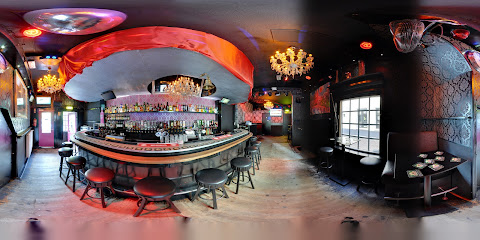
De Jans Bar
Experience the vibrant nightlife of Utrecht at De Jans Bar, where delightful small plates and drinks await in a stylish setting.
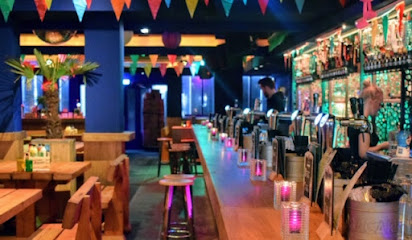
Café Flater
Experience the charm of Utrecht at Café Flater, where delightful drinks and a cozy atmosphere await you along the iconic Oudegracht.
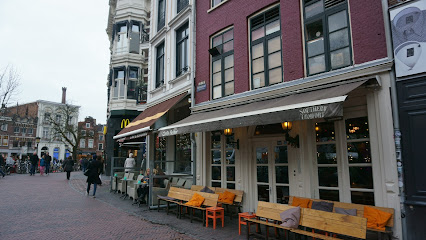
Talud9 Wijnbar
Discover Talud9 Wijnbar in Utrecht, where every glass tells a story and wine lovers unite in a cozy, inviting atmosphere.
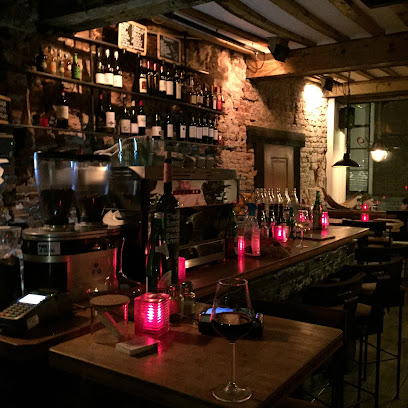
Sumventure Flightbar
Experience the vibrant cocktail scene at Sumventure Flightbar in Utrecht, where crafted drinks meet a stylish ambiance for the perfect night out.
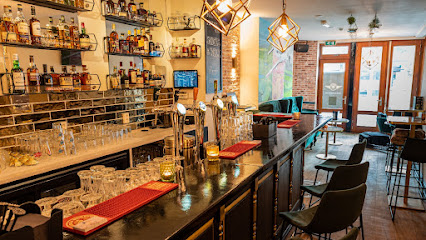
Café Joost
Experience the vibrant atmosphere of Café Joost, a cozy pub in Utrecht serving delightful food and drinks in a unique setting.

Travel experiences inspired by this city
Explore more travel diariesLocal Phrases
-
- HelloHallo
[ha-lo] - GoodbyeTot ziens
[tot zeens] - YesJa
[ya] - NoNee
[nee] - Please/You're welcomeAlsjeblieft
[als-ya-bleeft] - Thank youDank je wel
[dank ya vel] - Excuse me/SorrySorry
[sor-ree] - How are you?Hoe gaat het?
[hoo gaat het] - Fine. And you?Goed. En met jou?
[goed. en met yow] - Do you speak English?Spreek je Engels?
[sprake yuh engels] - I don't understandIk begrijp het niet
[ik buh-greyp het neet]
- HelloHallo
-
- I'd like to see the menu, pleaseIk wil graag de menukaart zien, alsjeblieft
[ik vil khraakh duh menoo-kart zien, als-ya-bleeft] - I don't eat meatIk eet geen vlees
[ik ayt khayn vlays] - Cheers!Proost!
[prohst] - I would like to pay, pleaseIk wil graag betalen, alsjeblieft
[ik vil khraakh buh-ta-len, als-ya-bleeft]
- I'd like to see the menu, pleaseIk wil graag de menukaart zien, alsjeblieft
-
- Help!Help!
[help] - Go away!Ga weg!
[ga vekh] - Call the Police!Bel de politie!
[bel duh po-li-tsee] - Call a doctor!Bel een dokter!
[bel ayn dok-ter] - I'm lostIk ben verdwaald
[ik ben fer-dwahld] - I'm illIk ben ziek
[ik ben zik]
- Help!Help!
-
- I'd like to buy...Ik wil graag kopen...
[ik vil khraakh koh-pen] - I'm just lookingIk kijk alleen maar
[ik kike a-leen mar] - How much is it?Hoeveel kost het?
[hoo-veyl kost het] - That's too expensiveDat is te duur
[dat is tuh dur] - Can you lower the price?Kunt u de prijs verlagen?
[kunt u duh preys ver-la-khen]
- I'd like to buy...Ik wil graag kopen...
-
- What time is it?Hoe laat is het?
[hoo laht is het] - It's one o'clockHet is een uur
[het is ayn oor] - Half past (10)Half elf
[half elf] - MorningOchtend
[okh-tend] - AfternoonMiddag
[mid-dakh] - EveningAvond
[ah-vont] - YesterdayGisteren
[khis-ter-en] - TodayVandaag
[vahn-dakh] - TomorrowMorgen
[mor-khen] - 1Een
[ayn] - 2Twee
[twey] - 3Drie
[dree] - 4Vier
[veer] - 5Vijf
[vayf] - 6Zes
[zehs] - 7Zeven
[zay-ven] - 8Acht
[ahkht] - 9Negen
[nay-khen] - 10Tien
[teen]
- What time is it?Hoe laat is het?
-
- Where's a/the...?Waar is een/de...?
[var is ayn/de] - What's the address?Wat is het adres?
[vat is het ah-dres] - Can you show me (on the map)?Kunt u me laten zien (op de kaart)?
[kunt u may la-ten zien (op de kaart)] - When's the next (bus)?Wanneer is de volgende (bus)?
[va-nayr is de vol-gen-de (bus)] - A ticket (to ....)Een kaartje (naar ....)
[ayn kahrt-ye (nar)]
- Where's a/the...?Waar is een/de...?
History of Utrecht
-
Utrecht's history dates back to Roman times, when it was known as Traiectum. Around 47 AD, the Romans established a military fortification here along the northernmost frontier of the Roman Empire, known as the Limes Germanicus. These fortifications were part of a series of border defenses to protect the empire from Germanic tribes.
-
In the 7th century, Utrecht became a center for Christianity in the Netherlands. Saint Willibrord, an Anglo-Saxon missionary, established a bishopric in 695 AD, laying the foundations for the city’s ecclesiastical significance. The Dom Church, originally founded in 1254, stands as a testament to this early Christian influence.
-
During the Middle Ages, Utrecht thrived as a major trading hub due to its strategic location along the Rhine River. The city was granted city rights in 1122, which marked the beginning of its growth in power and wealth. The Oudegracht, or Old Canal, was constructed during this period and remains a central feature of the city.
-
In 1579, the Union of Utrecht was signed in the city, a pivotal moment in Dutch history. This treaty unified the northern provinces of the Netherlands against Spanish rule and laid the groundwork for the formation of the Dutch Republic. The agreement is considered a cornerstone in the country's fight for independence.
-
The 17th century was a period of cultural and economic prosperity for Utrecht. The city became a center for education and arts, housing the prestigious Utrecht University, founded in 1636. Many of the city’s iconic buildings and canals were constructed during this era, contributing to its rich architectural heritage.
-
The 19th and 20th centuries saw Utrecht modernizing rapidly with the advent of railways and industrialization. However, the city also faced challenges, including occupation during World War II. Despite these hardships, Utrecht emerged resilient, preserving its historical charm while embracing modernity.
-
Today, Utrecht is celebrated for its vibrant cultural scene, blending historical legacy with contemporary innovation. The city hosts numerous festivals, museums, and cultural institutions, making it a dynamic and exciting place to visit. Landmarks like the Rietveld Schröder House and the Centraal Museum highlight the city’s ongoing cultural evolution.
Utrecht Essentials
-
Utrecht is centrally located in the Netherlands and is easily accessible via multiple modes of transportation. The nearest international airport is Amsterdam Schiphol Airport, approximately 35 kilometers away. From Schiphol, you can take a direct train to Utrecht Central Station, which takes about 30 minutes. Alternatively, you can reach Utrecht by train from other major Dutch cities like Rotterdam, The Hague, and Amsterdam. If you are driving, Utrecht is well-connected by major highways (A2, A12, A27, and A28). Long-distance buses also operate services to Utrecht from various European cities.
-
Utrecht boasts an efficient public transportation system, including buses, trams, and trains. The OV-chipkaart is the reusable contactless card used for all public transport. For short distances, cycling is a popular option; bike rentals are widely available. Taxis and ride-sharing services are also accessible but are generally more expensive. Utrecht's city center is compact and pedestrian-friendly, making walking a convenient way to explore the area.
-
The official currency in the Netherlands is the Euro (EUR). Credit and debit cards are widely accepted, but it is advisable to carry some cash, especially for small purchases at local markets or in smaller establishments. ATMs are plentiful throughout the city. Contactless payment methods like Apple Pay and Google Pay are also commonly used.
-
Utrecht is generally a safe city for tourists. However, like any urban area, it is wise to take standard precautions. Avoid leaving belongings unattended and be cautious in crowded areas, especially around Utrecht Central Station and popular tourist spots. Certain neighborhoods like Kanaleneiland and Overvecht have higher crime rates, so exercise extra caution if venturing there, particularly at night.
-
In case of an emergency, dial 112 for police, fire, or medical assistance. Utrecht has several hospitals and clinics, with the University Medical Center Utrecht being one of the largest. Pharmacies (apotheken) are widely available for minor health issues. It is advisable to have travel insurance that covers medical emergencies.
-
Fashion: Do dress comfortably and casually, but avoid overly revealing clothing. Smart casual is generally acceptable for most dining and social situations. Religion: Do respect religious sites by dressing modestly and keeping noise to a minimum. Public Transport: Do stand on the right side of escalators and give up your seat for elderly, pregnant, or disabled passengers. Don’t eat or drink on public transport. Greetings: Do greet people with a handshake and maintain eye contact. Saying 'Hallo' or 'Goedendag' is polite. Eating & Drinking: Do try local specialties like stroopwafels and bitterballen. Don’t forget to tip in restaurants; 5-10% is standard.
-
To experience Utrecht like a local, explore the lesser-known canals and hidden courtyards (hofjes). Visit local markets like the Vredenburg Market for fresh produce and Dutch treats. Renting a bike is a quintessential Dutch experience, allowing you to navigate the city as locals do. For an authentic cultural experience, attend a concert at TivoliVredenburg or a football match at Stadion Galgenwaard. Don't miss the chance to climb the Dom Tower for a panoramic view of the city.
Nearby Cities to Utrecht
-
Things To Do in Amersfoort
-
Things To Do in Amsterdam
-
Things To Do in Leiden
-
Things To Do in Haarlem
-
Things To Do in Rotterdam
-
Things To Do in Delft
-
Things To Do in Arnhem
-
Things To Do in The Hague
-
Things To Do in Nijmegen
-
Things To Do in Eindhoven
-
Things To Do in Zwolle
-
Things To Do in Antwerp
-
Things To Do in Mechelen
-
Things To Do in Genk
-
Things To Do in Hasselt















